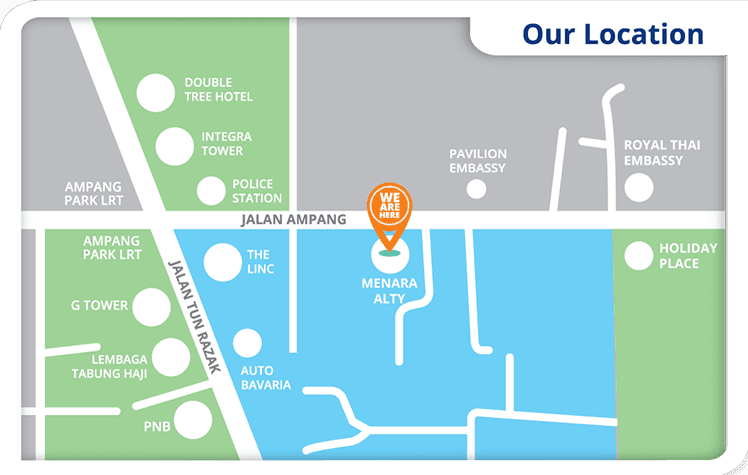What is spinal infection?
Spinal infection may be defined as an infectious disease that affects the vertebral body, the intervertebral disc, or adjacent paraspinal tissue. It can be caused by bacteria or fungal organisms and can occur after surgery.
What causes spinal infections?
Spinal infections may occur after a urological procedure, because the veins in the lower spine come up through the pelvis. The most common area of the spine affected is the lumbar region.
Intravenous drug abusers are more prone to infections affecting the cervical region.
Recent dental procedures increase the risk of spinal infections, as bacteria that may be introduced into the bloodstream during the procedure can travel to the spine.
It can also occur after surgery.
What are the symptoms of spinal infection?
Symptoms vary depending on the type of spinal infection, common symptoms may include:
- Severe back pain
- Fever
- Chills
- Weight loss
- Muscle spasms
- Painful or difficult urination
- Neurological deficits: weakness and/or numbness of arms or legs, incontinence of bowels and/or bladder
In postoperative patients, these additional symptoms may be present:
- Wound drainage
- Redness, swelling or tenderness near the incision
- Paralysis
How is spinal infection diagnosed?
The biggest challenge is making an early diagnosis before serious morbidity occurs. Many patients do not seek medical attention until their symptoms become severe or debilitating. History and clinical examinations are important in aiding diagnosis.
Diagnostic tests may include laboratory or blood tests, computed tomography scan (CT scan), magnetic resonance imaging (MRI) etc.
How is spinal infection treated?
Nonsurgical Treatment
Spinal infections often require long-term intravenous antibiotic or antifungal therapy and can equate to extended hospitalization time for the patient. Immobilization may be recommended when there is significant pain or the potential for spine instability. Patients generally may require antimicrobial therapy for a minimum of six to eight weeks.
Surgical Treatment
Surgery is generally indicated when any of the following situations are present:
- Significant bone destruction causing spinal instability
- Neurological deficits
- Sepsis with clinical toxicity caused by an abscess unresponsive to antibiotics
- Failure of needle biopsy to obtain needed cultures
- Failure of intravenous antibiotics alone to eradicate the infection
The primary goals of surgery are to:
- Debride (clean and remove) the infected tissue
- Enable the infected tissue to receive adequate blood flow to help promote healing
- Restore spinal stability with the use of instrumentation to fuse the unstable spine
- Restore function or limit the degree of neurological impairment
 +6012-637 7646
+6012-637 7646 

